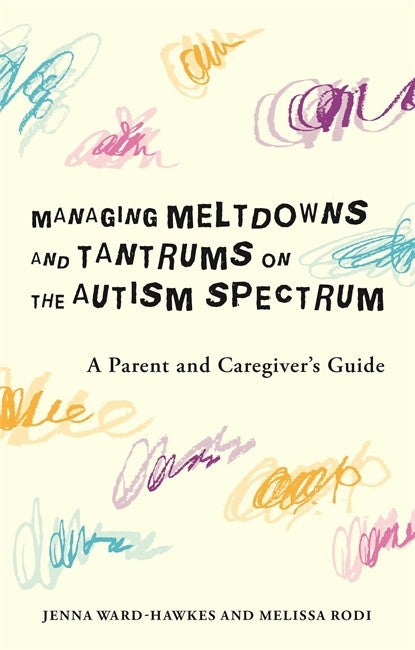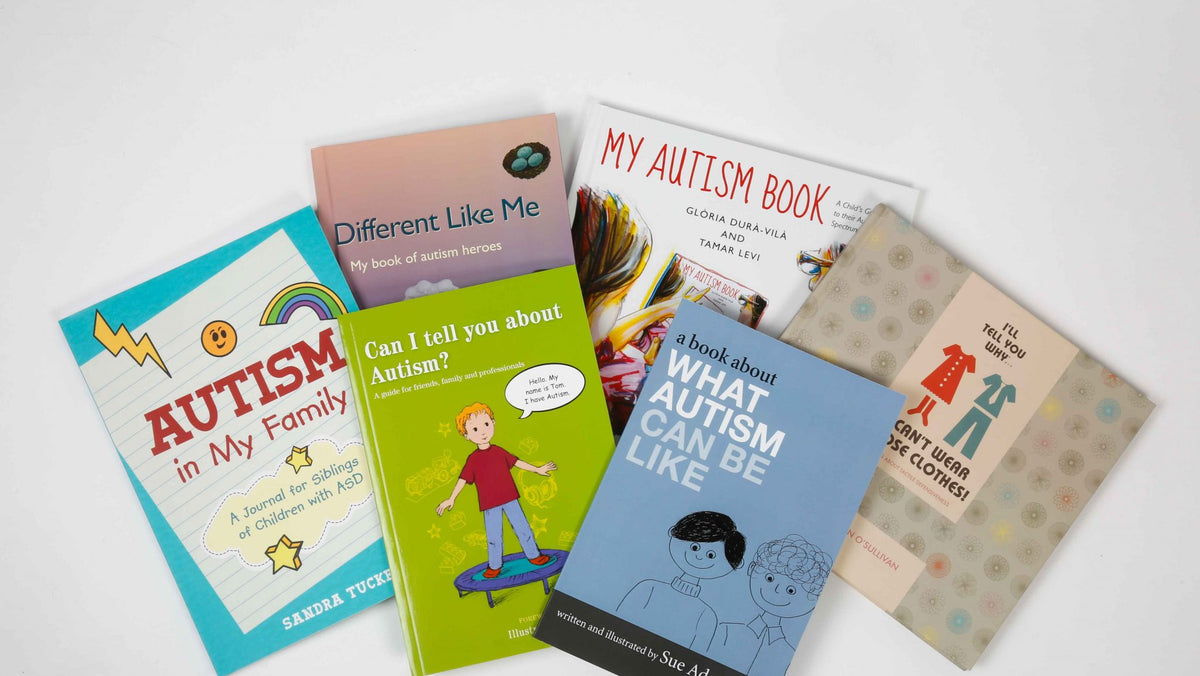‘Managing Meltdowns and Tantrums’ – Review

The author Hawkes and Rodi begin with an introduction into the science behind meltdowns and tantrums. Explaining them at a deeper level to help parents have a better understanding of meltdown and tantrums and how to effectively manage them.
They show that children with autism have a naturally heightened level of awareness. This means that they respond to their environment with a greater reaction; explaining why moods can suddenly shift and tantrums emerge, it is their heightened awareness which limits their capacity to cope with stress.
The child’s flight, fight or freeze system is more likely to kick when they are stressed. If a child sees a piece of chocolate they want and are told “no”, they interpret this denial as stress and which can result in a tantrum.
How to tell the difference between a meltdown and tantrums
They are two types of meltdown and tantrums both can be either sensory or behavioural. Sensory is when the environment overpowers one of the senses such as too loud a noise or very bright lights. Behavioural tantrums are a result of social events such as routine changes and entering a new social situation.
Hawkes and Rodi have developed a questions to ask yourself whether the child is experiencing a meltdown or tantrums. Can you get the child’s attention? Do they notice you? An answer of ‘no’ usually indicates a meltdown; the child has zero interest in social interaction and the parent has very little if any control over the situation.
Strategies to help manage meltdown and tantrums
The first is the use of an ABC form. A stands for antecedent, which is the trigger, i.e telling a child they have to go to bed. B stands for behaviour, the reaction of the child to the trigger, i.e, a child screaming “I don’t want go to sleep, now!”.
Finally, C, which is the consequence, the parent reaction to child’s behaviour the parent trying to explain to the child that it is bedtime. Here it is important to understand the relationship between what the child does and the parent’s reactions as it could be part of the issue.
Another strategy in the book is a scatter graph which is a visual map of the date and time times of meltdown and tantrums are plotted down and may reveal a pattern. This helps to illustrate common times for a tantrum or meltdown and what the parent doing at that time.
For example, if tantrums occur always on a Tuesday and the parents work later, the child is not getting as much attention which increases stress therefore a greater chance of tantrum or meltdown.
What to do during a tantrum?
Hawkes and Rodi describe their main strategy, planned ignoring, that is actively ignoring the child during the meltdown or tantrum. It is difficult because it requires the parent to be directly involved during a tantrum and try not to give in to their child’s demands.
If the child is given what they want they know in future a tantrum will give them their demands.
It is best to pretend that the tantrum is not happening. Completely divert your attention to some other task such as tidying up or preparing a meal. The child’s behaviour will worsen in a further effort to get attention which shows the strategy is working but only if the parent maintains their active ignoring.
This means not giving eye contact, saying anything, even “no”, give absolutely zero attention to the child when they are having a tantrum.
The book tries to teach parents to be consistent with planned ignoring which will teach the child that having a tantrum is not an effective way to communicate, the child’s tantrums may get worse before they get better but this is a simple power struggle with the child, they are learning that tantrums do not get them what they want and are unhappy with this.
What to do during a meltdown?
When your child has enter a meltdown, their stress levels are at maximum, the flight, fight or freeze response is engaged. The child will not be able to think clearly or talk effectively. The only thing a parent can do is try to create a safe space the child knows to go to, away from others.
Hawkes and Rodi go on to say that the parent can help design the safe space it can be a tree house or part of quiet room. Eventually the child will understand that they can go to their safe space when they are stressed.
Creating a list of tools that the child can use when they are stressed such as a pillow, Play-Doh, favourite book can really help. These can be used to help the child relax and be comforted and help return stress to normal levels.
In conclusion
Managing meltdowns and tantrums on the autism spectrum is a great book which helps humanize and illuminate meltdown and tantrums specifically for children with ASD. Beginning with a discussion on the physiological processes involving meltdown and tantrums, it offers comprehensive solutions and a heightened understanding for parents about meltdowns and tantrums.
Originally written by Meta Auden of Spectra Sensory.




